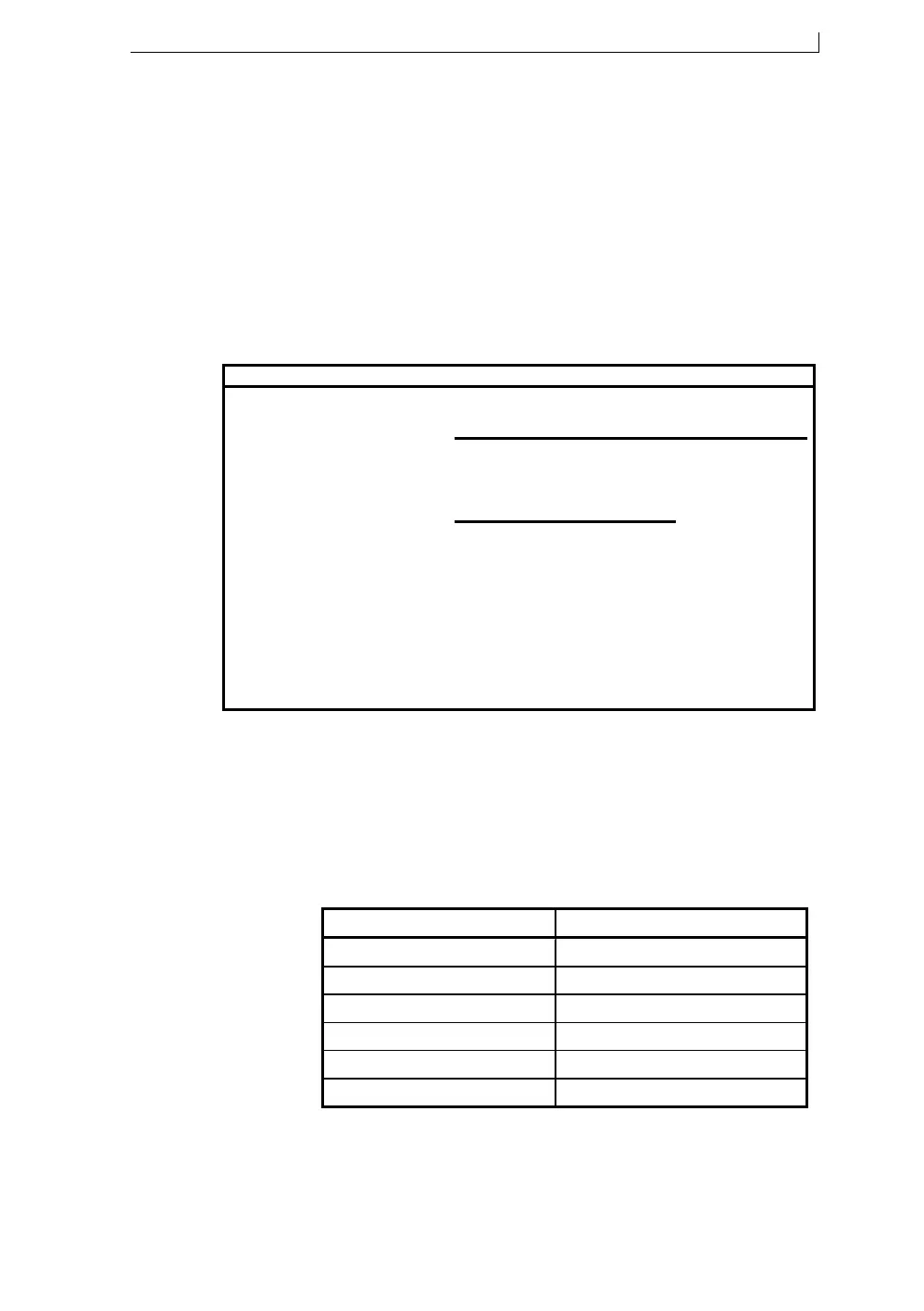Appendix A: Installation and Setup
MP65492–1 163 Linx 4900 Operating Manual
Step 1: Define the Required Raster Pitch for the
Application
For each message type on each printhead (Ultima or Ultima plus), there is a
drop pitch that gives the best quality print, that is, a 1:1 aspect ratio at the
default printer settings. This value is known as the Ideal Raster Pitch.
For a particular application, you may want to choose a different pitch,
bearing in mind that the aspect ratio can be adjusted using the Print
Height setting (see Chapter 3, ‘Day-to-Day Operations’).
The following table shows you how to calculate the required raster pitch:
Figure A-7 Calculating the Required Raster Pitch
The width of a character varies according to the size of the character set
chosen. The following table (Figure A-8) shows the character widths for
each character set. These figures include the gaps between characters; this
introduces a small error as the gap after the last character is not printed.
Figure A-8 Character Widths
49082
CALCULATING THE REQUIRED RASTER PITCH (mm)
Required raster pitch (mm) = Printed Length (mm)
Number of Characters x Character Width (rasters)
= Printed Length (mm)
Number of Rasters in Message
Where:
Printed Length = Length of message on product. This must be less
than the length of any area left clear for printing.
Number of Characters = Number of characters in the longest line of the
message.
Character Width = Number of rasters in each character; see the table
below showing character widths.
49146
Character Set Character Width
5 FH (Caps) 6
7 FH (Caps) 6
16 FH (Caps) 11
16 non-FH 11
7 Arab Num 8
16 Arab Num 11
4900 Op Manual.book Page 163 Tuesday, September 9, 2003 12:32 PM
